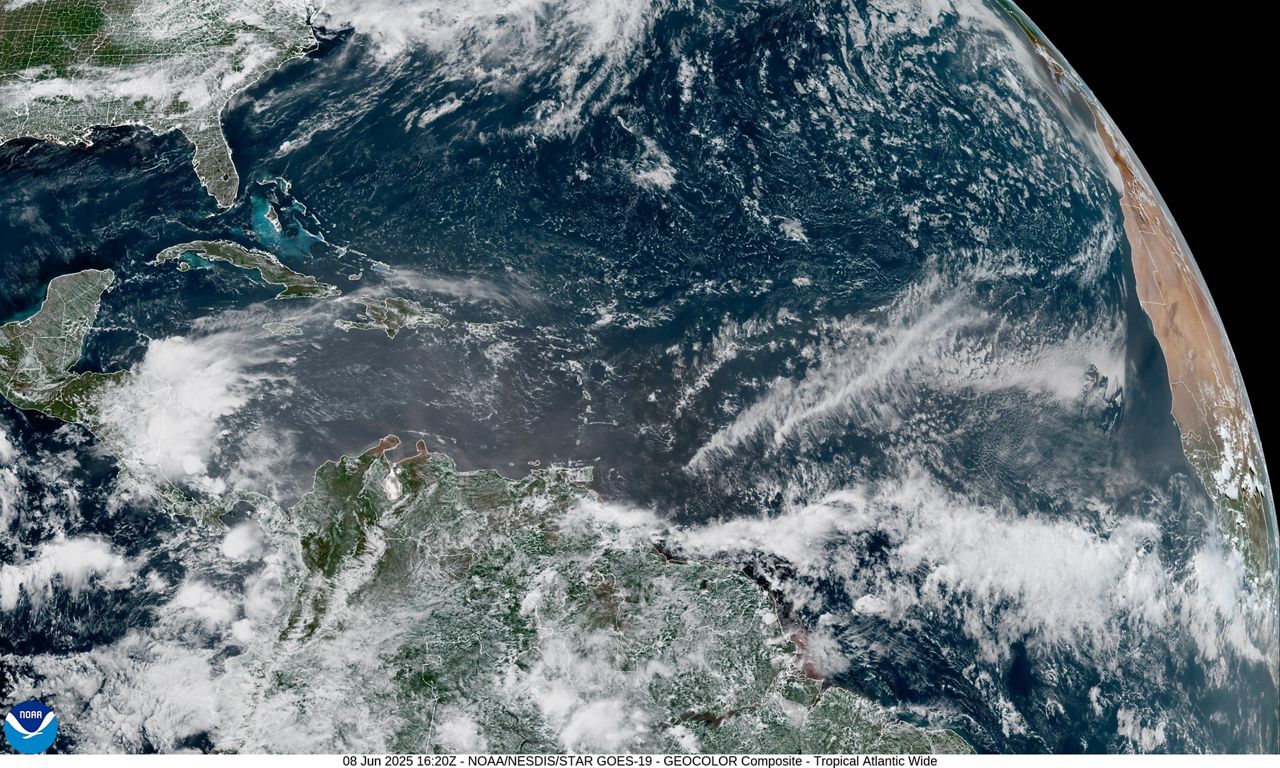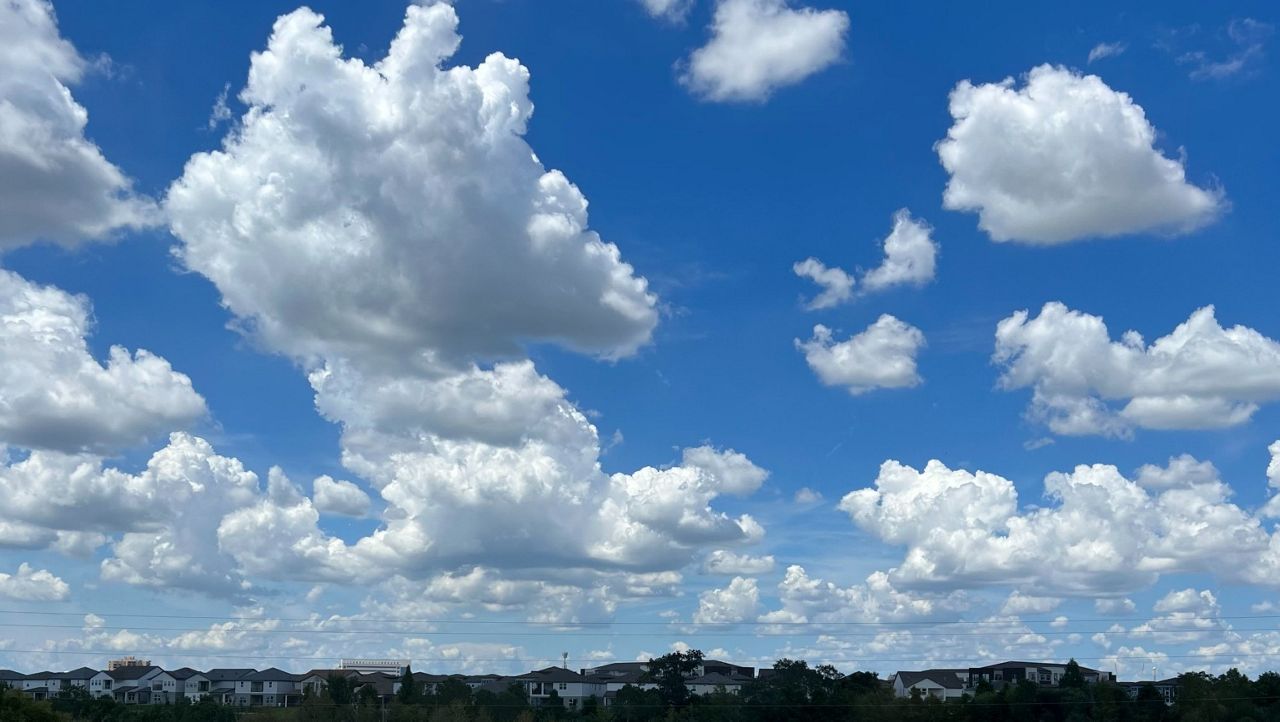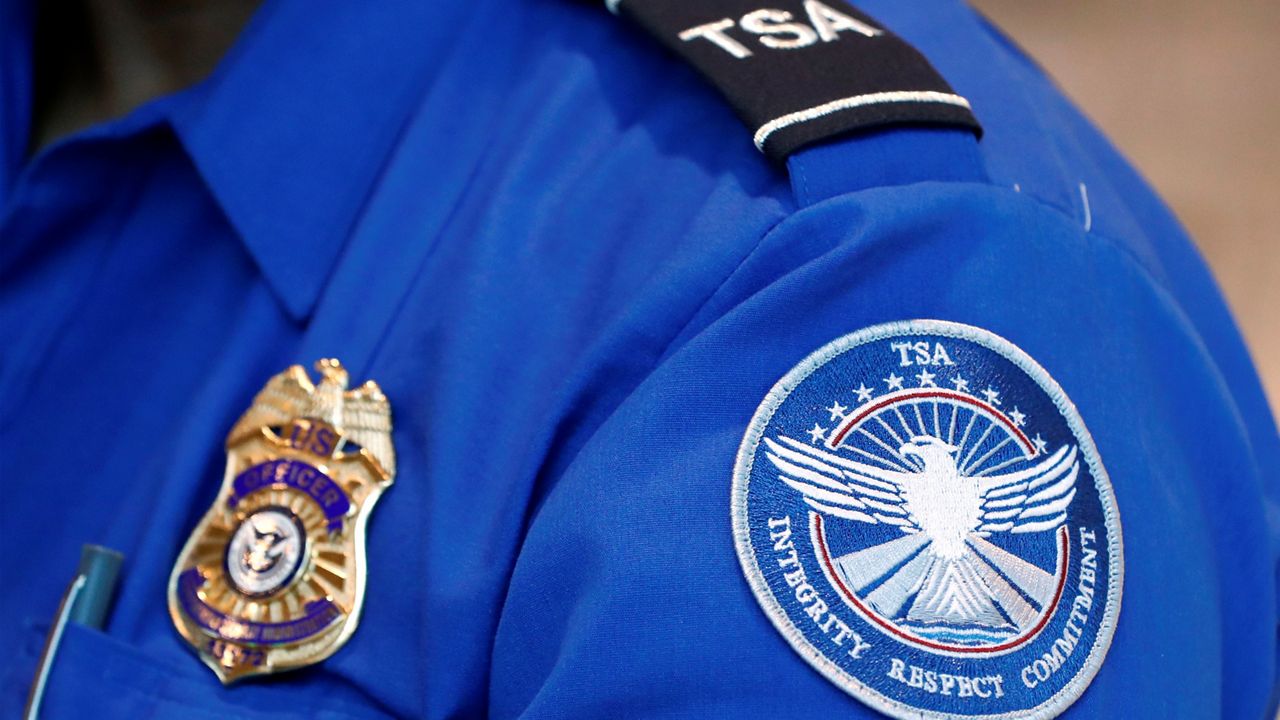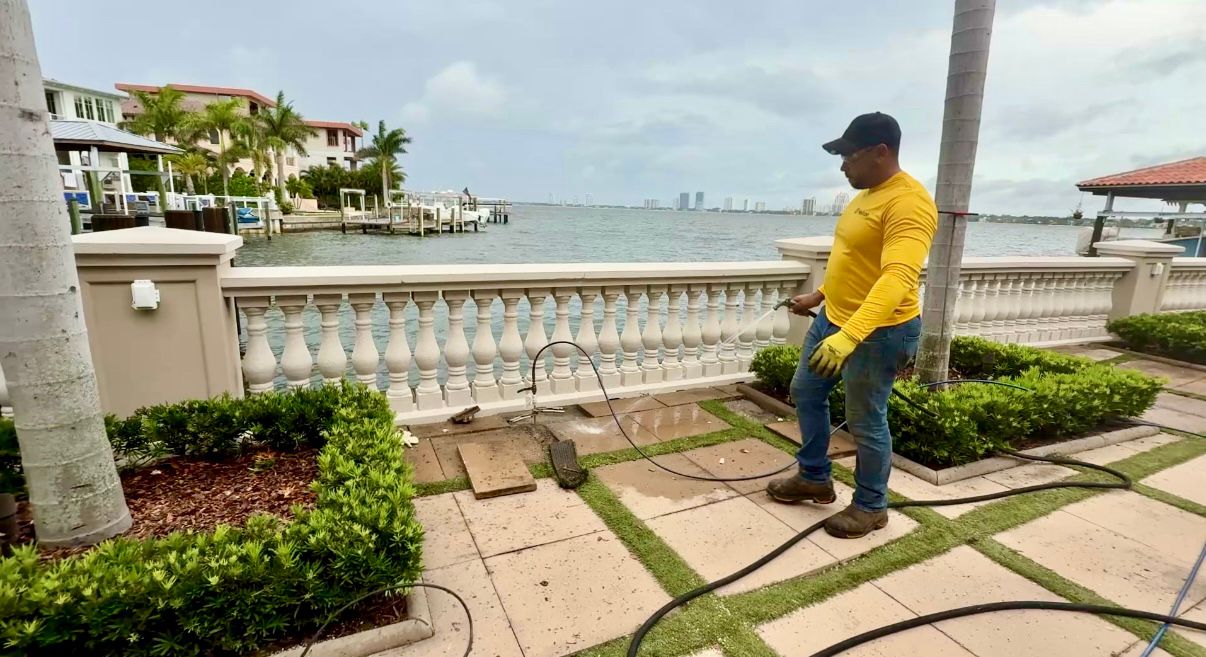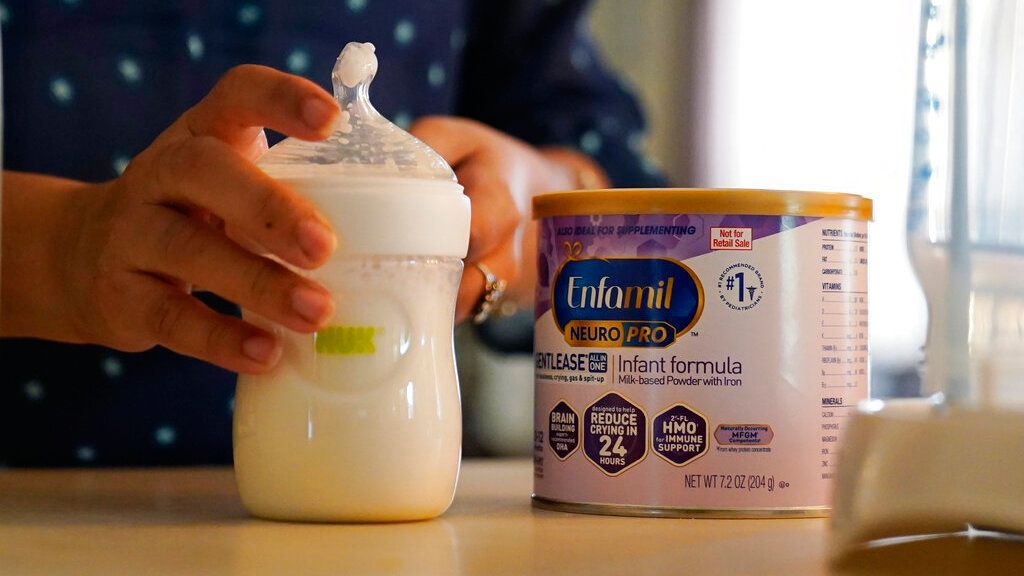CEDAR KEY, Fla. — The National Trust for Historic Preservation has picked Cedar Key as one of the 11 most endangered historic places in America.
According to the 75-year-old nonprofit, the list is a highly effective tool in showcasing the importance of communities that are being threatened by things like Mother Nature, something Cedar Key is familiar with after dealing with hurricanes Idalia and Helene.
It was a peaceful day recently on Fourth Street, looking at small field in between two buildings.
There wasn't much to it, just some greenery.
But the mailbox shows the field used to be more than grass, at least for Jeff Webb’s family.
“My wife called me,” said Webb, who is the mayor of Cedar Key. “She was up at the house, and she was crying. And she said, 'Jeff, come ... your aunt's house is falling.'"
Just a couple days after a storm blew through the city, as it has the last couple years, Webb saw a home full of his childhood memories fall victim to another major hurricane.
“This is where I had Thanksgivings and sat with my aunt and uncle on the front porch,” Webb said. “These are the things my grandchildren and great-grandchildren won't really understand, because there's no real physical representation of it.”
To Webb, it’s a minor loss compared to what so many people have dealt with in Cedar Key.
Hurricanes have devastated the city multiple times, destroying businesses and landmarks.
For example, just behind the spot where Webb's aunt’s house used to be, was the Faraway Inn. Now, all that’s left is dirt and weeds.
But even with many spots still rebuilding, others have gotten back on their feet.
“This is all, new, post-Helene,” Webb said, pointing to different parts of Dock Street, one of Cedar Key's main drags. “So, this deck was completely destroyed in the hurricane.”
Overall, Dock Street is still rebuilding, but parts are back in business.
It’s that contrast that causes Webb to have mixed feelings about the recent designation from the National Trust for Historic Preservation.
“Initially, you want to celebrate some sort of designation," he said. "But it's a little bit of a dichotomy of feelings."
He knows “endangered” means there’s a risk of something being lost if nothing is done to preserve it.
That’s why Webb wanted to highlight the city's rebuilding and the repurposing to try to keep Cedar Key here for years to come.
“We're raising up buildings and even historic buildings, or getting them elevated, so that they can stay above the water when it floods,” he said.
According to Webb, it’s a holistic effort to be resilient against future storms, and elevating is just one part of the equation.
“It is such a unique and special place,” Webb said. “And anything that is precious, you do whatever you can do to protect it.”
This is the 38th year the National Trust has released its list of endangered places. Other locations in Florida named in past lists include the Okeechobee Battlefield (2000), the Hialeah Park Race Course (2007), Tallahassee’s Frank Lloyd Wright's Spring House (2014), Miami's Little Havana (2015) and Eatonville (2024).




